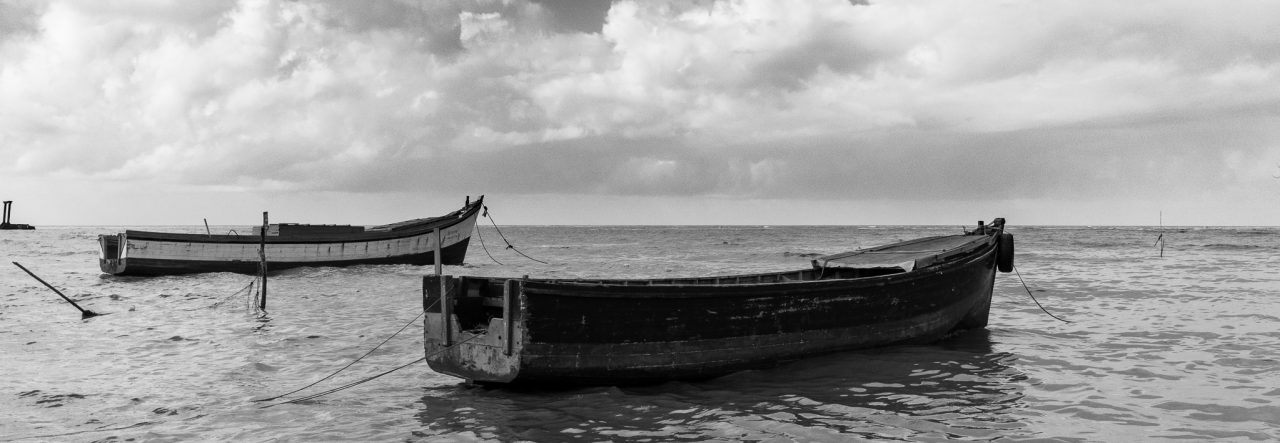I’m not a purist; I don’t hold the belief that whatever JPG comes out of the camera is the reality that existed in front of the lens. I do, however, believe that there is a certain amount of “truth” in my photographic work. Friends and colleagues, other photographers and budding photographers in the Guyana Photographers’ Facebook group have heard me make the distinction between Processing and Editing many times. And I will briefly make it here again…
Since I shoot in RAW format, the camera does no processing to the file (whenever you shoot JPEG the camera applies certain adjustments to the image, contrast, brightness, etc.) so I have to Process it in software, often referred to as Post-processing. This usually involves adjusting sliders in a software like Aperture, AfterShot, Lightroom, LightZone, etc., things that are adjusted range from brightness and contrast, to hue and saturation, cropping, temperature, white balance, noise levels and more. Although this is usually applied over the entire image, some software allows you to do it to parts as well.
Where I draw the distinction between Processing and Editing, is when the image is altered so as to become a new image, distinct from the original in content. Simply put, if I add something or remove something from the original photograph, then it is no longer the same, it is now a work of graphic design, not only photography.
Do I Process my images? Always. Do I Edit my images? Sometimes. I’ve cloned out trash that otherwise marred the scene (the lone plastic bottle on a grassy stretch), but have often left in loads of trash because it was part and parcel of the scene. I don’t have anything against editing, but I don’t think its fair to call it a photograph after you’ve added in entire clumps of trees, removed several utility posts and added muscles to an individual… that is definitely in the realm of photo-illustration or Graphic Design.
I am also a big proponent of using every tool that you need to get the image that you saw with your eyes, and in your mind across to the viewer. Whether its special filters on the lens to get a mood or effect, an angled lens in the developer of a dark room to create a distorted view, using Black and White (Film or processing) for an aged or structured look, using long and super-long exposures for light trails or flowing water, external flashes and reflectors for extra lighting on a subject, gels and filters for colour enhancements, or even doing some of this on the software end, I am for it, but I believe in being true to the original vision as much as possible.
Fancy processing and editing is no substitute for a good original image. I am no expert or professional, many of my images come out of the camera looking very disappointing, and I often discard or simply not process them. Yes, you can “save” them, I have even done so on some occasions, simply because I believe that they were worth saving, but they had to have something good in them to begin with; a good composition, a relatively good exposure, and maybe even compelling elements to the composition.
I’ve rambled enough… time for a photo. This is one of those photos that I “saved”… The original was good, maybe better than good, but it was not what I wanted…. I wanted more detail in the sky, more of a structured appearance than the original coloured version, and (because of an architectural quirk) more symmetry.

Canon EOS 60D | Tamron 18-270mm | 21mm, 1/160s, f/7.1
I used Lightroom to create five different exposures from the original, each 2 stops apart in exposure, then I used Nik HDR Efex Pro to merge my new exposures and coax the detail I wanted from the overall scene, then I used Photoshop (I know, I’m a horrible person) to skew the perspective ever so slightly to gain some symmetry.
Although I did not add or remove anything, I normally would consider this edited since I used Photoshop to change the original proportions of the image, but in this case I’d let that slide 🙂
Click on the image to see it in the Gallery along with others in the Black and White series.










